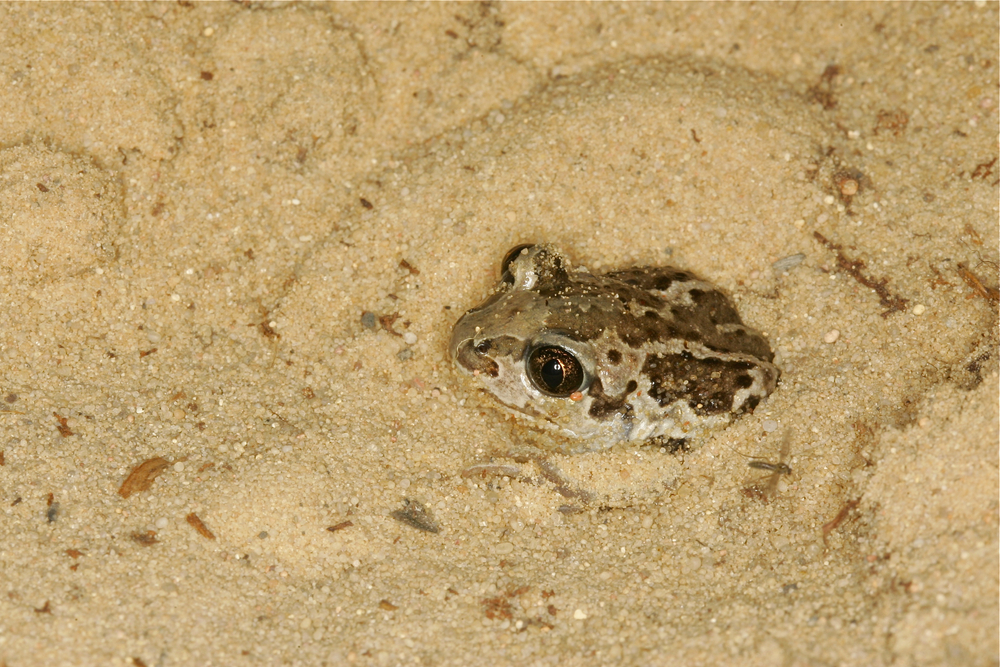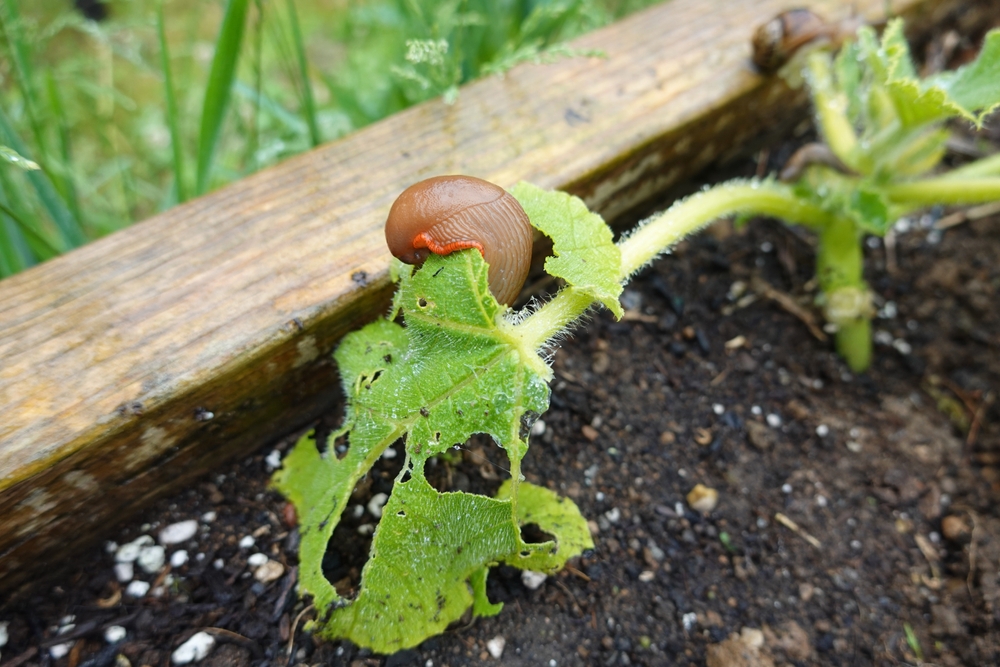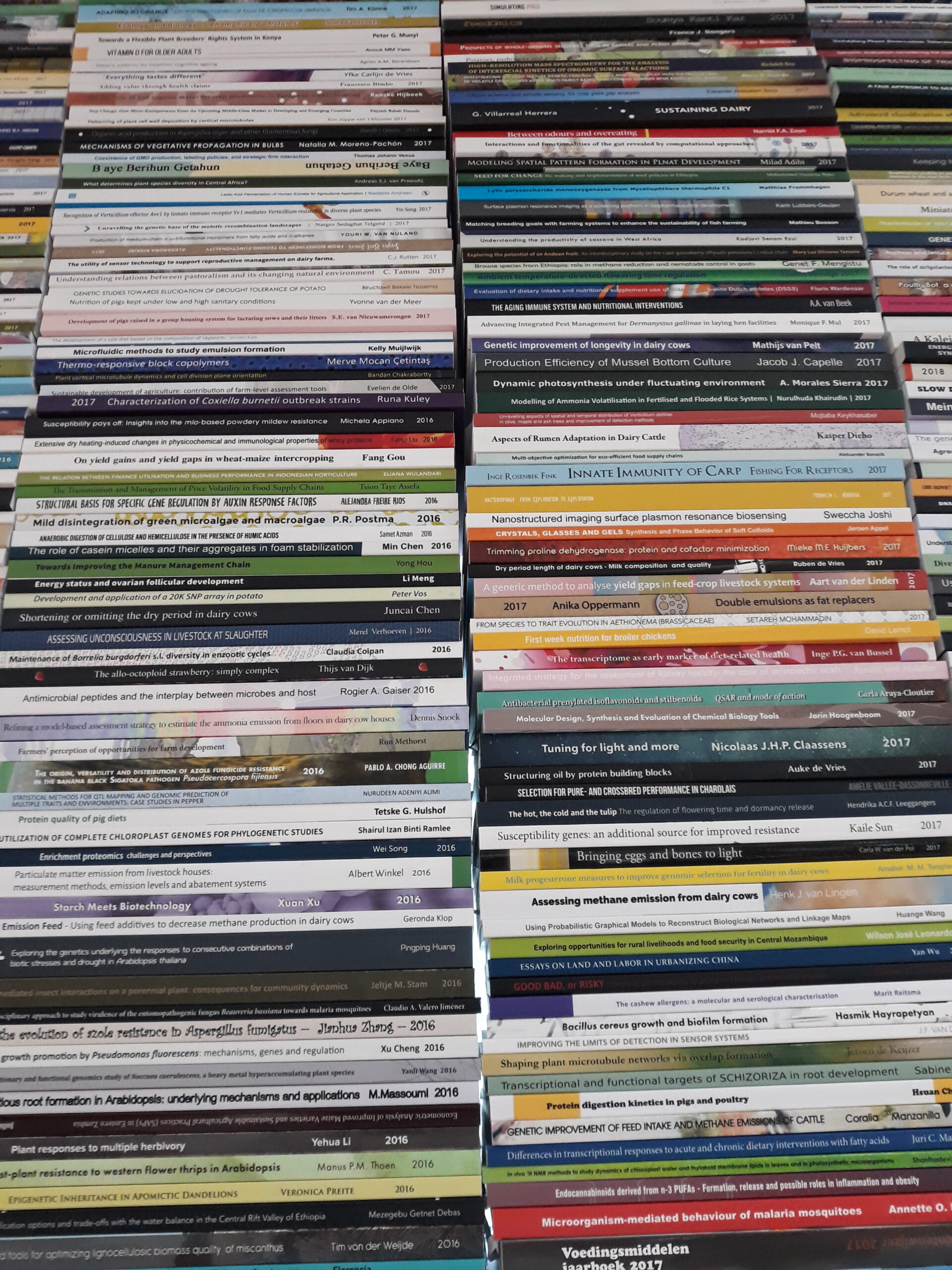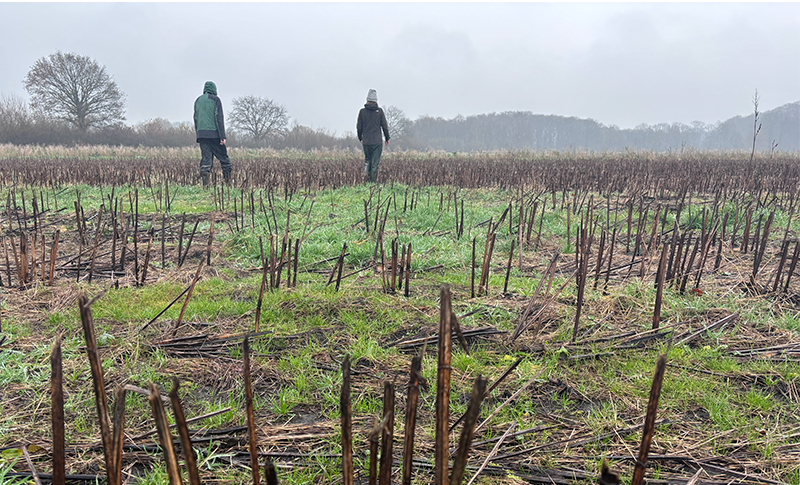The CropMix biodiversity monitor has been extended to include amphibians. This is a pilot project at present to determine whether a follow-up study with transmitters is feasible.
CropMix is a research programme that has received funding of 10 million euros from the National Science Agenda for research on crop-diverse cultivation systems. A key component is the ecological field surveys at the 25 participant arable farms, which count the insects and farmland birds, for example. Now the field researchers will also be surveying the amphibians at five of the farms.
Amphibian populations have declined steeply in agricultural areas in recent years, but there are indications they perform better in strip cropping than in single-crop fields. The monitoring will show whether that is really the case. It is being carried out in collaboration with the CropMix consortium partner RAVON. RAVON helped to identify the most promising monitoring locations, for example because they have ditches, ponds or other amphibian-friendly features.

RAVON also helped draw up the monitoring protocol, which will allow the amphibians to be catalogued using a standardized method. At present, that is only being done on land. In the course of the summer, the research team plans to go scooping in bodies of water.
Transmitters
The monitoring is about more than spotting the creatures on an ad hoc basis. ‘The idea is to be able to fit amphibians with transmitters for follow-up research. But that only makes sense if there are enough amphibians to fit with the transmitters,’ explains field researcher Angelo Grievink.
So far, amphibians have been spotted in four of the five locations, says Grievink, including the great crested newt (‘a typical resident of arable farms these days’) – see Grievink’s photo’s. Recognizing and identifying amphibians is not a problem for Grievink, who is a trained herpetologist. His colleagues are also pretty good these days, he says. ‘And if there is any doubt, RAVON has identification charts.’

 Field researcher Angelo Grievink is also hoping to spot common spadefoot toads. ‘They tend to burrow into the ridges of potato fields,’ he says. Foto Shutterstock
Field researcher Angelo Grievink is also hoping to spot common spadefoot toads. ‘They tend to burrow into the ridges of potato fields,’ he says. Foto Shutterstock 

